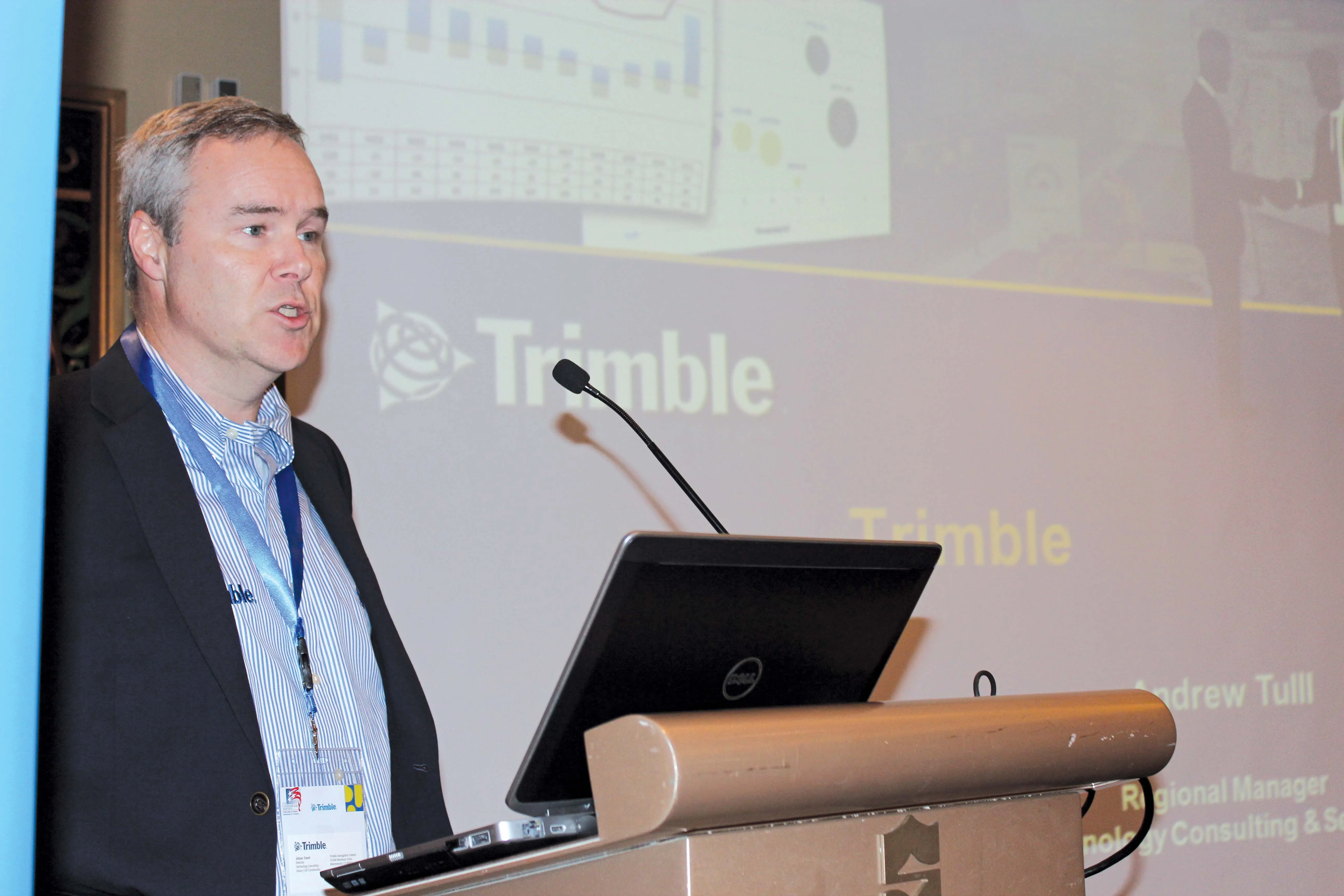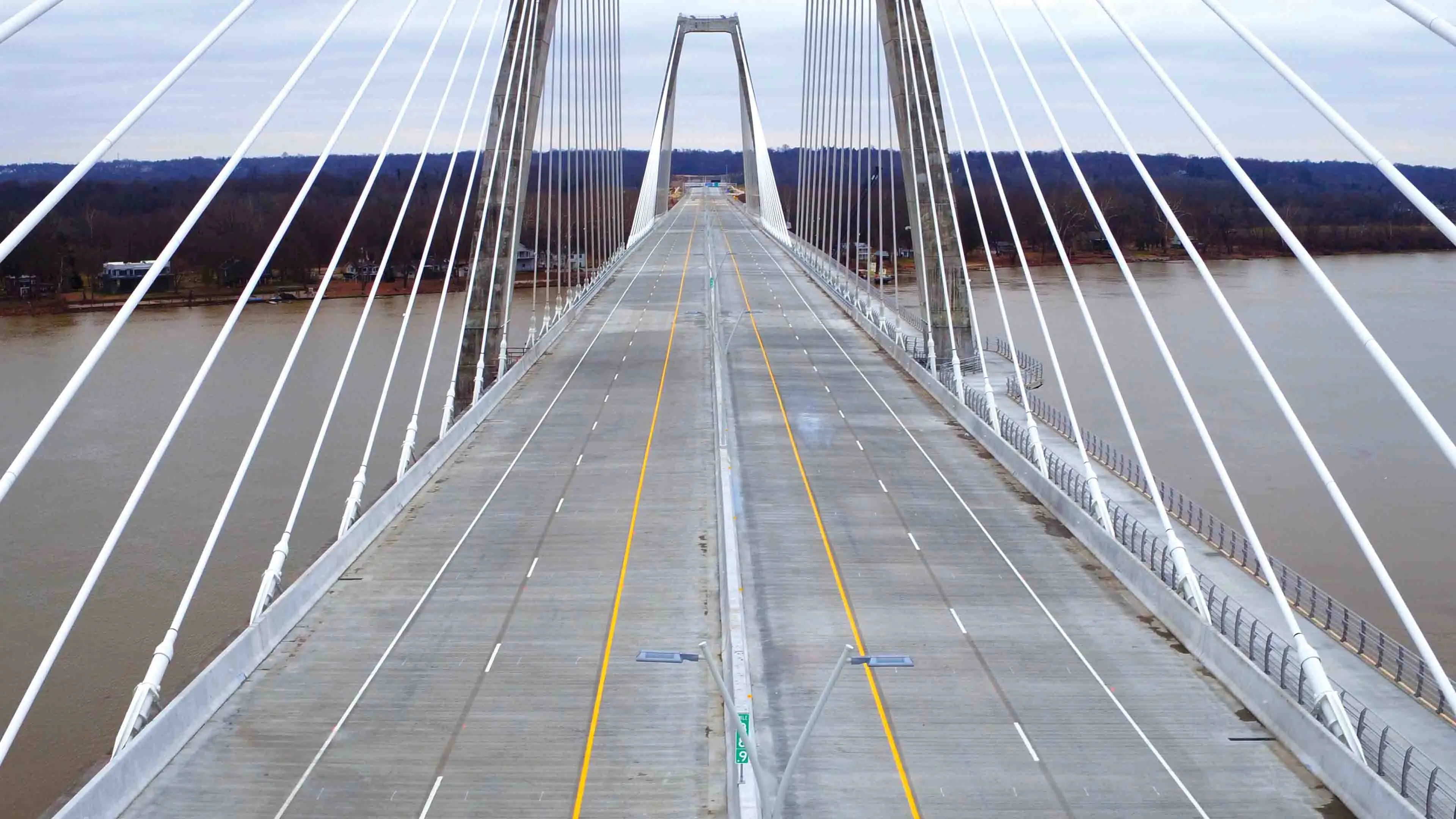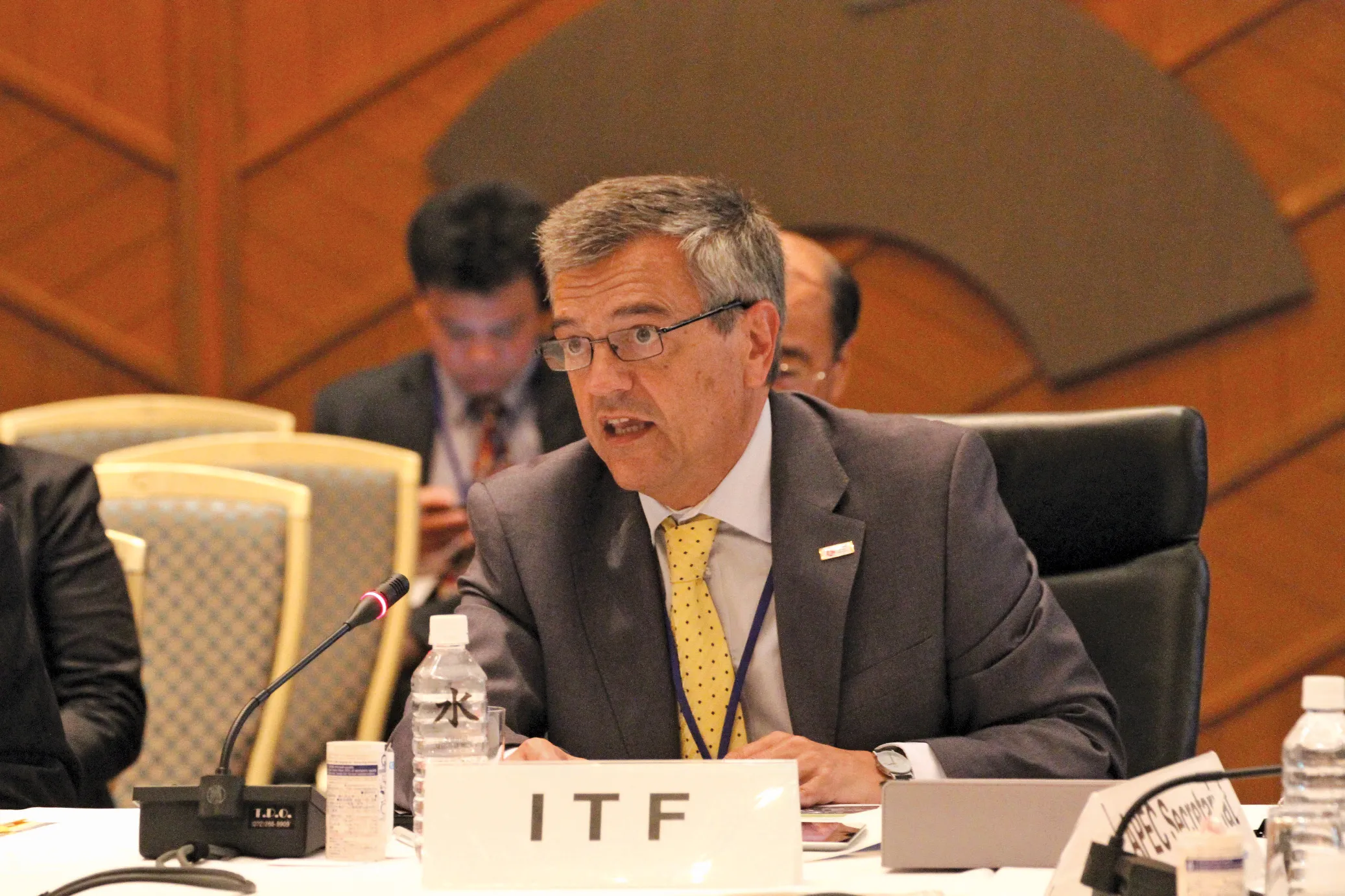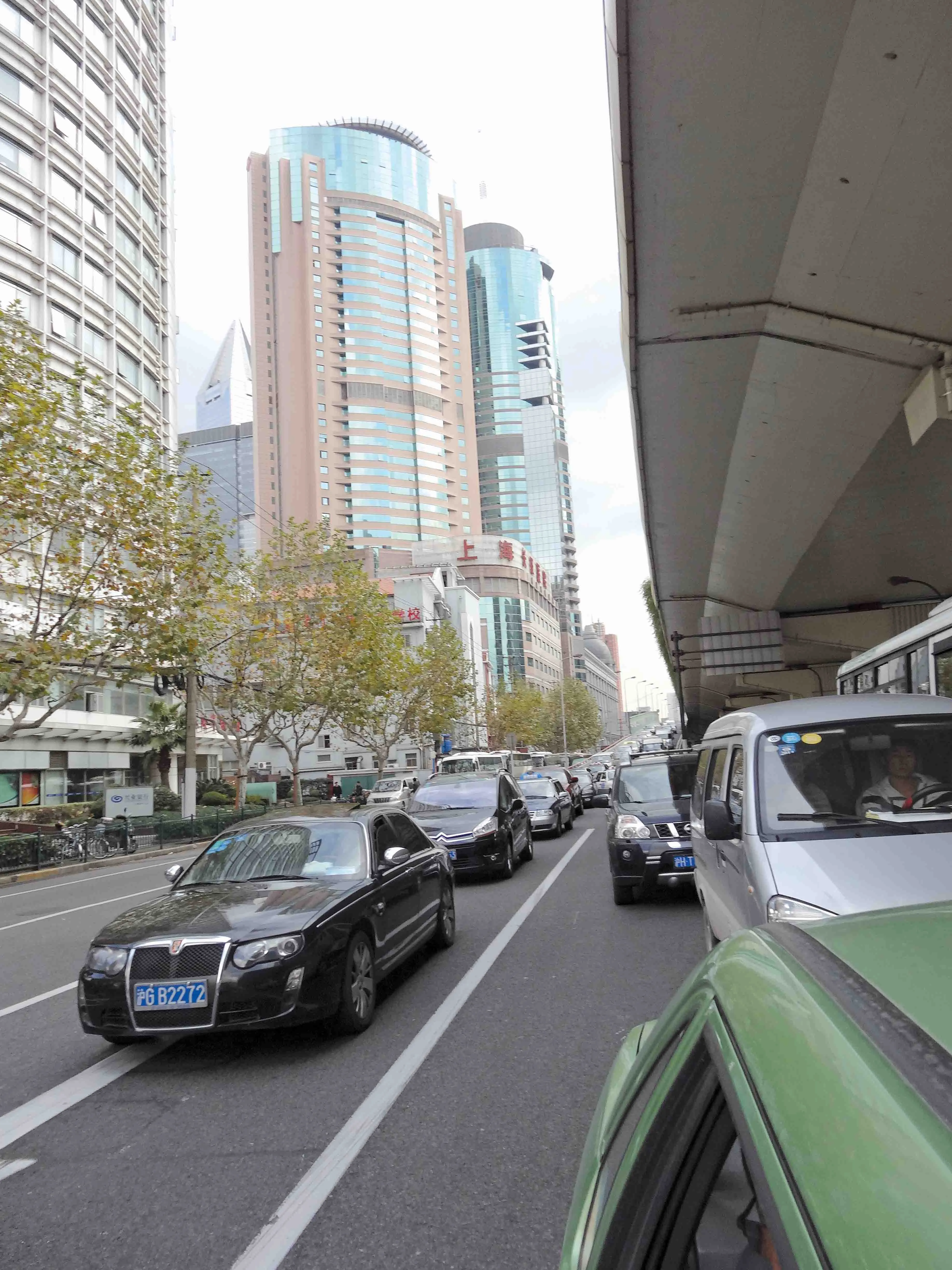
The Global Financial Crisis (GFC) has drastically changed the way governments and the private sector is prepared to procure vital infrastructure projects, says Philip Davies
Governments have responded to the GFC by focusing on long term investment in transport infrastructure and shorter term stimulus packages to kick-start economies.As these projects proceed, the focus will shift to maintaining and achieving maximum benefits from assets and future infrastructure funding. The Public Private Partnership (PPP) funding model has been very successful in recent years, particularly in Australia (see panel). More recently however, governments are favouring an availability model (particularly in the Australian states of Queensland and Victoria) as a result of difficulties in securing debt and equity, and the private sector's new reluctance to fully cover patronage risks. There are numerous variations to the availability model, but in essence it is similar to the shadow toll model. The availability model generally involves the government taking a greater share of the traffic demand risk and making payments to the infrastructure operator based on the availability of the road to traffic.
Government and the private sector still have a strong appetite for new infrastructure investment. However, this is currently constrained by factors including:
- Financial institutions restricting credit facilities for an industry requiring leverage to ensure returns are sufficiently attractive to investors;
- Underlying traffic demand falling with reduced economic activity despite fuel prices having declined;
- A decrease in appetite to carry risk - for investors, governments and motorists, this may constrain funding and traffic demand for some time until growth resumes; and
- The returns from toll road infrastructure stocks have failed to provide the returns private investors hoped, and represent increased risks;
In Australia, state governments are looking at how projects are financed and procured. This includes direct project investment, guaranteeing a level of funding and taking debt or equity stakes as an investment for the future.
Perhaps out of favour in recent times, tried and tested indirect investment methods include availability payments, removing the demand risk and placing emphasis on reliability of operation; minimum traffic guarantees that reduce demand risk, particularly during the ramp up period; flexible tolling regimes that enable demand based tolling to maximise revenue, and introducing US-style High Occupancy Toll (HOT) lanes, and
These approaches provide flexibility for governments to control the delivery of changing transport policies and priorities such as distance-based road user charging and promotion of public transport modes.
We are also witnessing changes to the delivery and constructions of projects to a model that promotes the sharing of risks. The Alliance model has developed over several years to respond to the increased risk on projects (less well defined) and the need to deliver projects more quickly.
Australia has responded well to the challenge of delivering new infrastructure in response to a record period of sustained economic growth and expanding urban populations. To quickly develop its road, rail, port and utility infrastructure, Australia embraced and developed the Alliance model originally used in the North Sea oil industry, which centres on an open book, "no blame", incentivised risk sharing approach designed to deliver certainty of outcome.
Historically, designers and constructors provided services to clients through design and construct teams, partnering or similar arrangements. Experience shows alliances used for the right project and given appropriate management focus provide better outcomes and value for money than traditionally procured projects using potentially adversarial delivery methods.
Over the past 15 years, approximately 260 complex projects primarily in road or rail and ranging in value from AUD$200 million (US$170 million) to AUD$1.5 billion (US$1.7 billion) have been delivered under Alliance contracts. In order to progress, 'owners' (usually the public sector) build an integrated team of partners with a similar outlook (such as innovative and collaborative). The relationship is reinforced through a commercial framework where risk is assumed by all participants and financial and other rewards are determined by collective performance.
The process associates consultants or contractors with the scheme earlier, allowing increased understanding of the owner's drivers and the project's full complexities (from all sides), including its inherent risks.
The Alliance model can be applied to any project and is most successful when it has complexity, difficult stakeholder issues, tight timeframes, and/or the likelihood of scope changes.
In these circumstances traditional approaches can often falter causing a desire to transfer as much risk as possible to others in the delivery team. However, where collective responsibility is borne by alliance members, issues are overcome more quickly, cost effectively and with greater innovation.
For example, an original North Sea alliance reduced the project cost estimate from £450 million (US$737.7 million) to £373 million (US$611.5 million), and completed the project six months ahead of schedule for £290 million (US$475.5 million).
Coastal road
In Australia,
Lawrence Hargrave Drive is an important coastal road linking Sydney with the major city of Wollongong, which closed due to subsidence and rock falls. In the six-month project development phase the alliance examined 26 options ranging from pure geotechnical solutions to tunnels, avalanche shelters and bridges. By engaging with the community and adopting an alliance team approach, the environmental review, preferred design and construction cost estimates were completed within six months. The road and its stunning Seacliff Bridge were open to traffic only two years after the awarding of the alliance and three months ahead of schedule.
Especially in difficult times, the Alliance Model can play a greater role globally procuring transport infrastructure, bringing cost certainty to major projects, and maximising the benefit of national economic stimulus packages.
PPPs: 'a cost-effective model'
Since their debut in Australia, public-private partnerships (PPPs) have been the subject of heated debate and plenty of criticism, being variously described as, costly, a cash cow for the greedy private sector, and as a way for governments to move debt off their books.
But much of this criticism is misguided and unwarranted, says Brad Vann, a partner at Clayton Utz in Melbourne, specialising in PPPs.
"It is true that some PPP projects have not delivered on investors' and private sector expectations. Mistakes have been made. This does not mean the PPP model itself is flawed or that the private sector should be shut out of infrastructure delivery."
He cites Melbourne's CityLink and County Court projects as just two of the many examples of successful PPPs in action, demonstrating the clear benefits of private sector investment in infrastructure, "investment that will be needed if Australia is to deliver on its ambitious infrastructure programme."
Contrary to popular view, PPPs have proven to be more cost effective than traditional models in their ability to enable the delivery of infrastructure on time and on budget, says Vann.
A University of Melbourne benchmarking study released in December compared the performance of 25 PPP projects and 42 traditional-style projects (where the government finances design and construction by short-term contracts) throughout Australia since 2000. It found the average cost escalation under PPP contracts during construction was 4.3% compared with 18% for traditional procurement contracts. The average delay during the sane period was 2.6% for PPPs compared with 25.9% for traditional contracts.
"The PPP structure has built-in incentives for timely completion of major projects. Payments to the private sector are based on delivery of the infrastructure in operational order. Private sector participants do not start to receive an income stream until construction is completed."
Vann says it is also important to remember that the cost to government of major infrastructure projects is not simply the capital cost of the infrastructure: it includes the cost of maintenance, and in the case of some PPPs, operation of the infrastructure over 20-30 years or more.
"PPPs are also about achieving better quality and better maintained infrastructure; encouraging innovation and technological superiority in infrastructure design and delivery, and allowing flexible for expansion to meet community needs," says Vann.
There is no "one size fits all" PPP model. The challenge in the present environment is finding the right model for the right project to achieve the best outcomes for all stakeholders (the public, government and the private sector).
Securing funding is the other major challenge for PPP projects in the credit crunch, and there are now calls for federal and state governments to step in and provide funding for critical infrastructure projects. Other suggested forms of government credit support to PPPs include government guarantees to shore up risk-sensitive aspects of a project: for example, revenue shortfalls in an economic infrastructure project such as a toll road, or in a technologically complex project.
Governments assuming refinancing risk (that is, any increase in financing costs on a refinancing and the risk that a refinancing will not be fully funded) has also been proposed by the private sector as a solution to the problem of banks' reluctance to fund projects for their full term.
Most recently Infrastructure Partnerships Australia prepared a detailed report entitled Financing Infrastructure in the Global Financial Crisis supporting some of these models.
"There is no need to alter the PPP model permanently and distort its risk transfer and value-for-money benefits.
"Any such direct funding or credit support for PPP projects should be for the short term. Funding solutions should also recognise the need to retain some private sector debt and equity investment in infrastructure projects to ensure the discipline imposed by private sector involvement remains.
"It is this discipline that has led to the rigorous implementation of projects by the private sector, and is why the PPP model has proven to be an efficient and effective form of infrastructure procurement in Australia, delivering real value for money to governments and the public.
"Instead of criticising the PPP model, it is time for a genuine debate on infrastructure delivery that looks at the true cost and benefits of PPPs."









